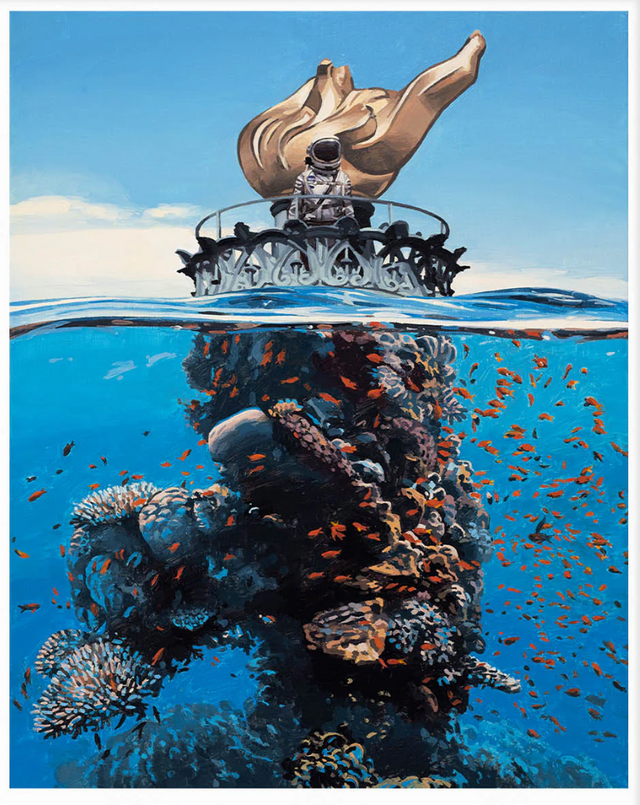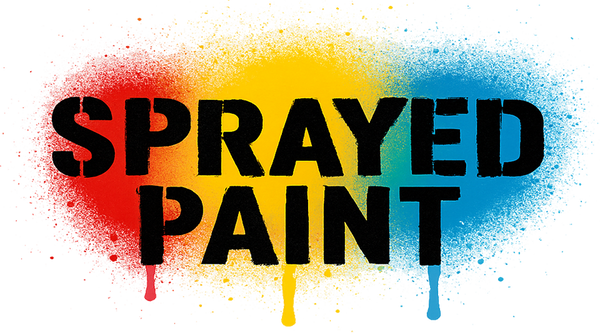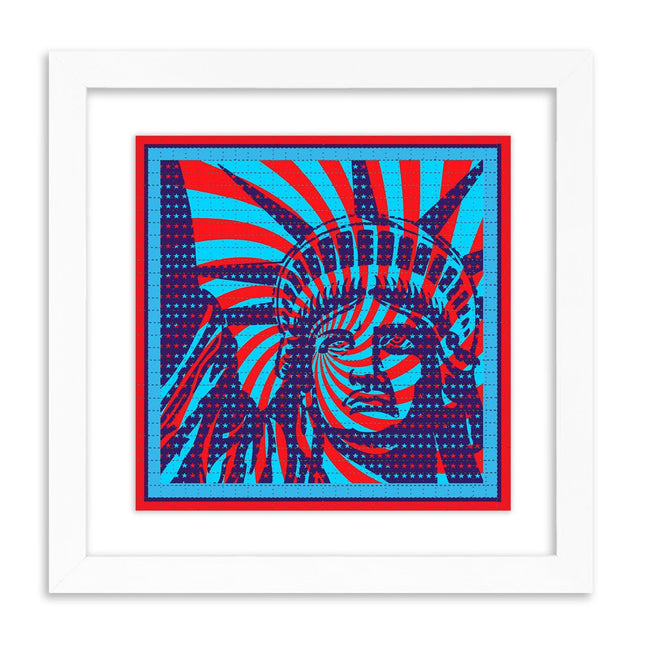
Graffiti art and street art prints have been gaining increased attention in recent years, with more and more artists making a name for themselves in this expressive and often controversial art form. Landmarks, as subjects in these works, provide an intriguing opportunity for artists to merge traditional, historical, and cultural elements with the contemporary and often subversive nature of street art. In this essay, we will explore the role of landmarks in graffiti art and street art prints, delving into their significance, the different ways they are portrayed, and the impact they have on both the art world and the general public. Landmarks, by their very nature, hold historical, cultural, or architectural significance, making them a rich source of inspiration for artists. The incorporation of landmarks in graffiti and street art prints can serve to draw attention to the history of a place, the cultural heritage of a region, or simply the architectural beauty of a particular structure. In some cases, the choice of a landmark as a subject can be seen as an act of defiance or an attempt to subvert the traditional perception of a place, highlighting the often politically charged nature of street art. One of the most famous examples of landmarks in graffiti art is Banksy's controversial work on the Israeli West Bank Barrier, which separates Israel from the Palestinian territories. Banksy's murals, which often feature famous landmarks such as the Eiffel Tower and the Statue of Liberty, serve as a commentary on political and social issues surrounding the barrier. By juxtaposing these iconic landmarks with the harsh reality of the barrier, Banksy challenges the viewer to question the perceived freedom associated with these symbols and the harsh divisions they unintentionally promote. Another prominent use of landmarks in street art is the transformation of the Berlin Wall, once a symbol of division and oppression, into a canvas for expression and unity. After the fall of the Wall in 1989, artists from around the world flocked to the site, leaving their mark on the remaining sections. Today, the East Side Gallery stands as a testament to the power of art in promoting unity, showcasing over 100 murals from artists worldwide. The use of landmarks in these works, such as Brandenburg Gate and the TV Tower, serves to celebrate the city's history while asserting the importance of freedom and connection. Apart from the overtly political statements, landmarks can also provide a unique aesthetic backdrop for graffiti and street art. For example, the street artist JR uses the technique of large-scale photographic portraiture to interact with landmarks, such as his work "The Wrinkles of the City" in Havana, Cuba, where he placed photographs of elderly residents on the facades of historic buildings. In this case, the landmark serves as a canvas for the artist to create a dialogue between the city's past and present and to celebrate the human stories connected to it. Landmarks in graffiti art and street art prints serve multiple purposes, ranging from challenging societal norms and political boundaries to celebrating a city's history and cultural heritage. As artists continue to explore the intersection of these powerful symbols and the contemporary world, we can expect to see more innovative and thought-provoking works that inspire conversation and reflection on the significance of the landmarks we often take for granted. As landmarks continue to evolve and transform, so too will the art that surrounds them, demonstrating the enduring relationship between art and the spaces it inhabits.

